Do you enjoy gardening but have limited space? If so, you should consider low light indoor hanging plants. They take up little space and lighting isn’t an issue. Also, it goes without saying that hanging baskets look great.
Often, hanging basket plants don’t receive enough natural light up high or have insufficient light levels. Hence, you need to grow hanging plants that need low lighting. It’s exactly what you will find in this article: the best low-light indoor hanging plants.
There is no doubt that light is essential for the growth of any plant. The good news is that there are some amazing plants that thrive in low-light conditions. Philodendrons, English ivy, pothos, snake plants, and spider plants grow best in low light.
They will transform your office or home if you grow them in hanging pots or baskets. Nevertheless, another problem can be watering hanging plants. So I’m going to show you the best low-light indoor hanging plants that don’t need a lot of water. So, let us now look at such types of indoor plants.
Best Low Light Indoor Hanging Plants
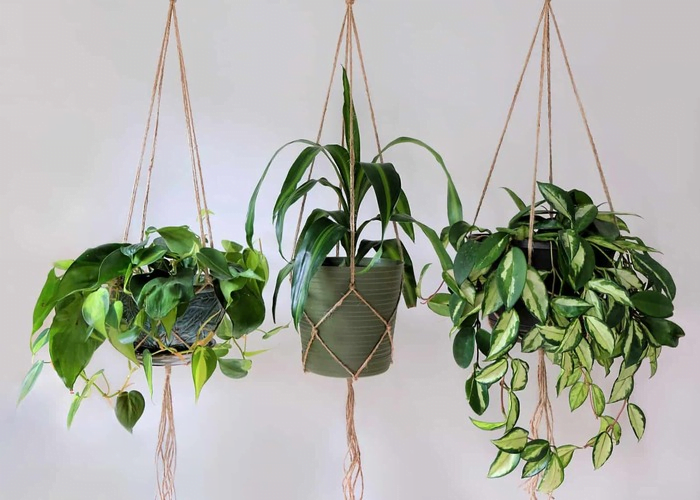
You can grow many beautiful indoor hanging plants in low light conditions, including English ivy, pothos, ferns, and more.
The best low-light indoor hanging plants on this list grow fast in baskets and look great in any environment with low light.
1. English ivy
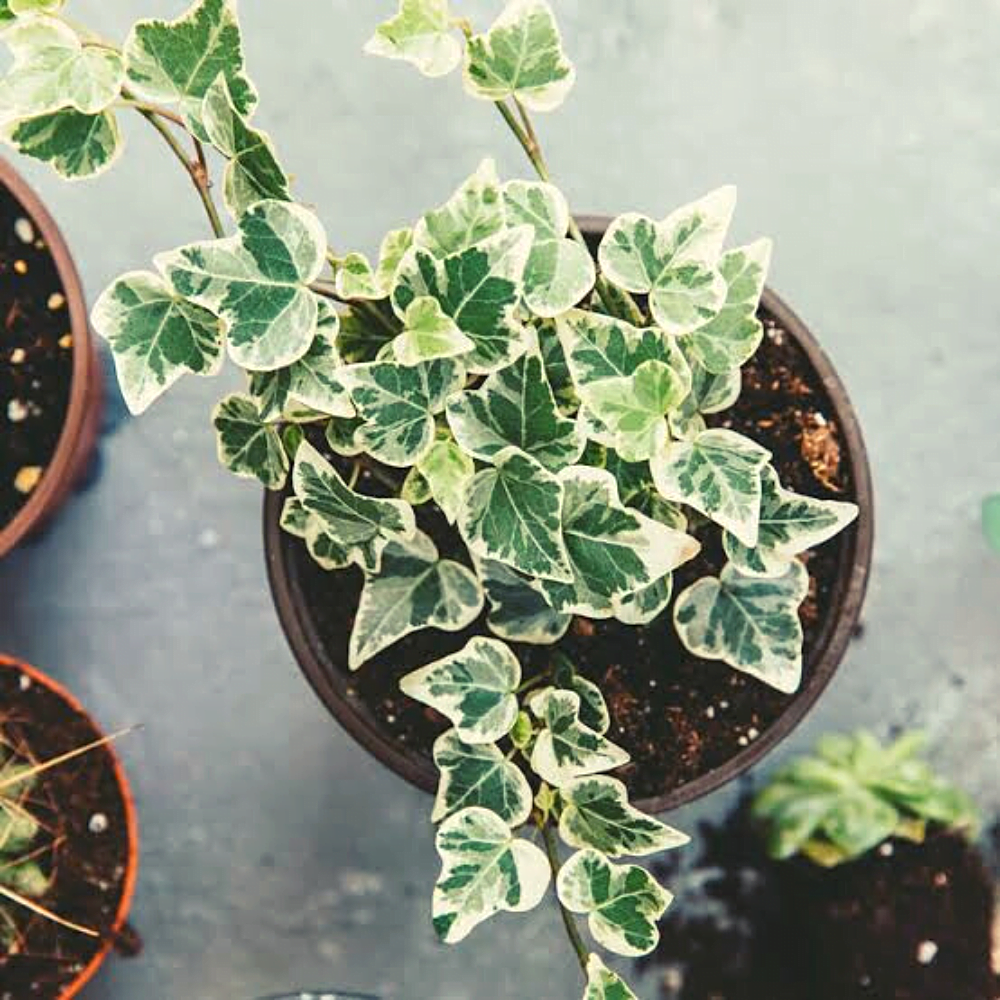
Bring English ivy hanging plant to brighten up your dark room. They are easy to maintain and boast a cascade of vibrant, shiny leaves. One of the best things about them is that they grow very fast indoors.
2. Pothos

Even in a dark corner, this low-maintenance houseplant creates an impressive display in a hanging basket. The bathroom or office are ideal locations since they are shaded. These plants do well in low light and are incredibly resilient.
3. Philodendron
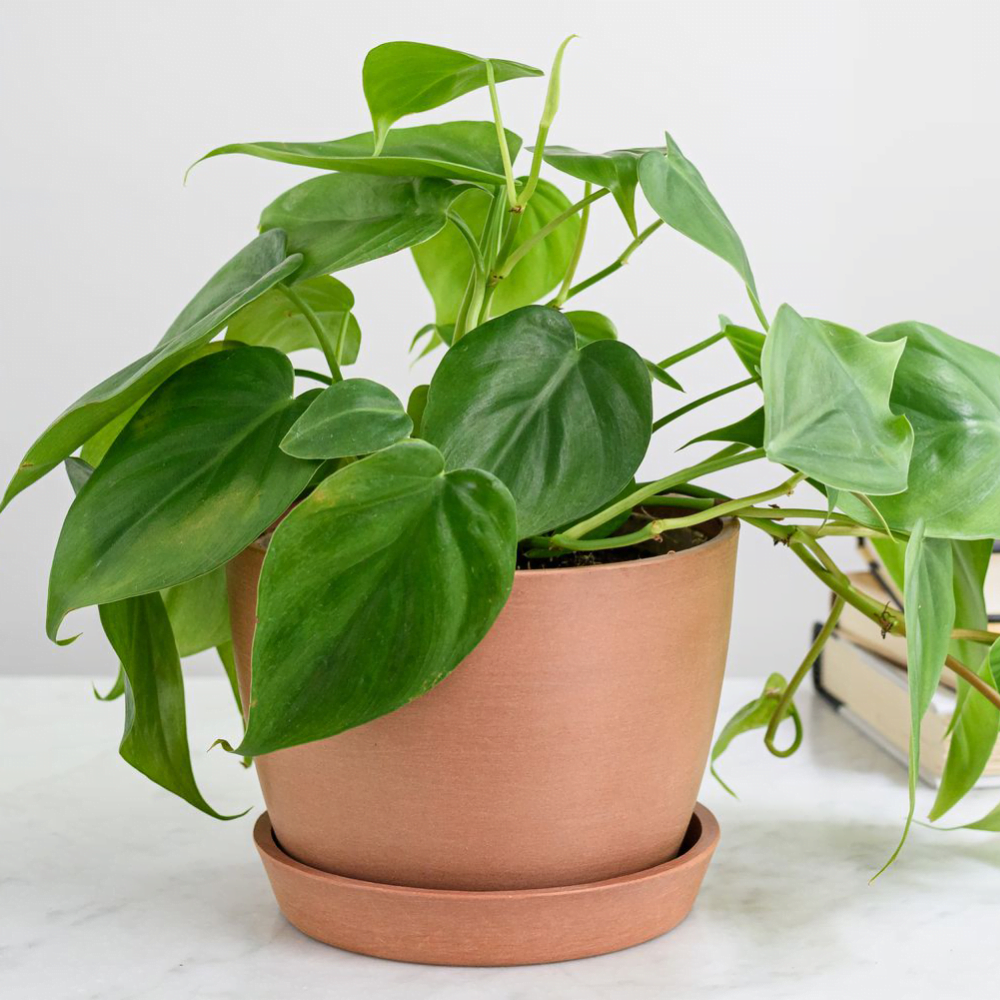
You will be captivated by the long trailing vines and gorgeous foliage of philodendrons. The plant will cover a cupboard or beam by the ceiling in no time! As well as providing excellent air purification, it is easy to maintain.
4. Spider plant

Its long, arching, variegated, cream, and mid-green leaves make it look like untamed grass. They are also highly suitable for indoors. You’ll also enjoy the cute star-shaped flowers.
5. Snake plant
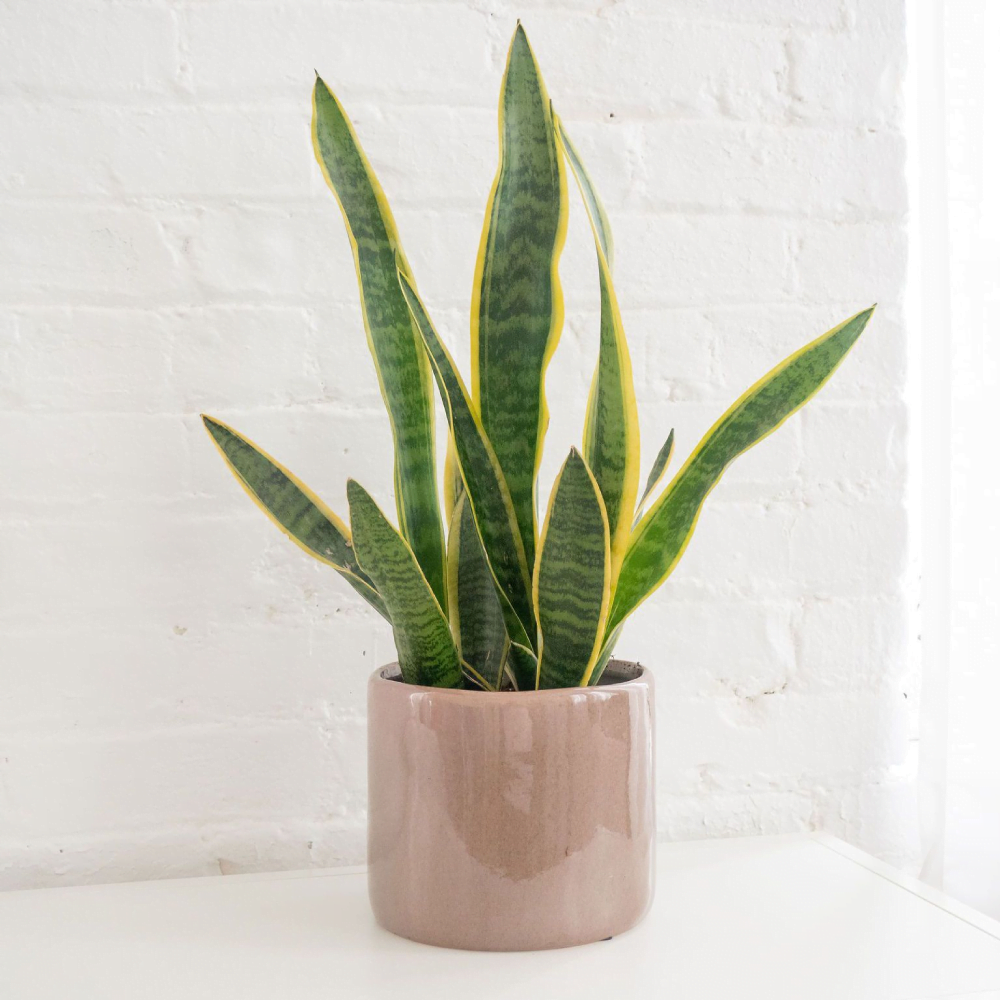
Some plants can thrive for decades, like snake plants. Partial shade is ideal, but quite shady conditions are also OK. It is toxic to pets. Because of this, hanging pots are the best way to keep them safe.
6. Chinese evergreen

For a hanging basket that doesn’t get much sun, pick Chinese evergreens for their broad, lush leaves. Their glossy, long, pointed leaves reflect the little light. They have pretty variegation; a gray-green middle and mid-green margins.
7. ZZ plant

There is something appealing about the feathery rows of large, dark green leaves on the ZZ plant. You don’t need much else to keep this plant alive other than water. Low light levels are best for ZZ plants indoors. Beginners will love it!
8. Boston Fern

Boston ferns have had a huge influence on interior design since their discovery. The bright green, arching fronds make great indoor plants or basket plants. The Boston fern isn’t a fan of cold drafts or heat ducts, so it’s best to keep it partially shady indoors.
9. Hoya Plant

In hanging baskets, the stems may rise rather than dangle downward, like the plant is waving its arms. In low-light areas, such as an office or apartment without windows, hoya grows best.
10. Prayer Plant
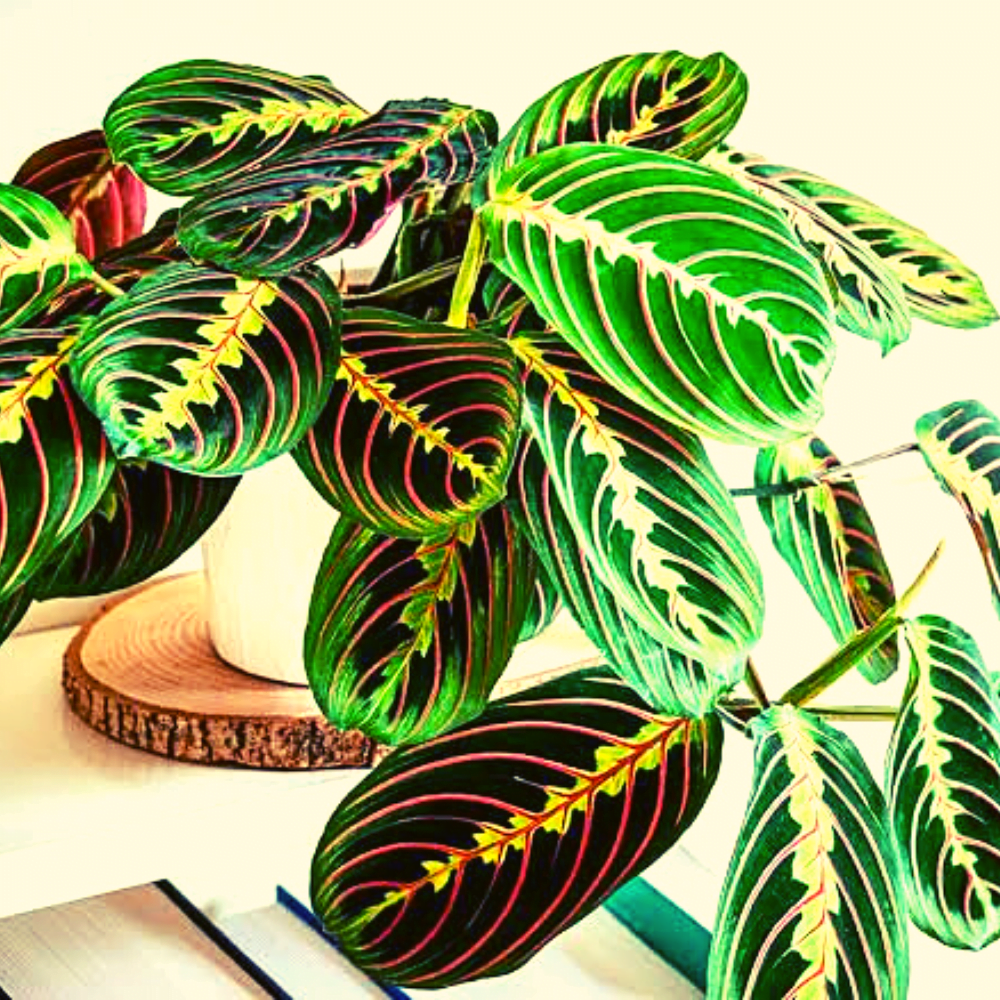
The beautiful tricolor of prayer plants makes them highly admired. Additionally, prayer plant leaves fold like the hands of a prayerful person during the night.
11. Buro tail
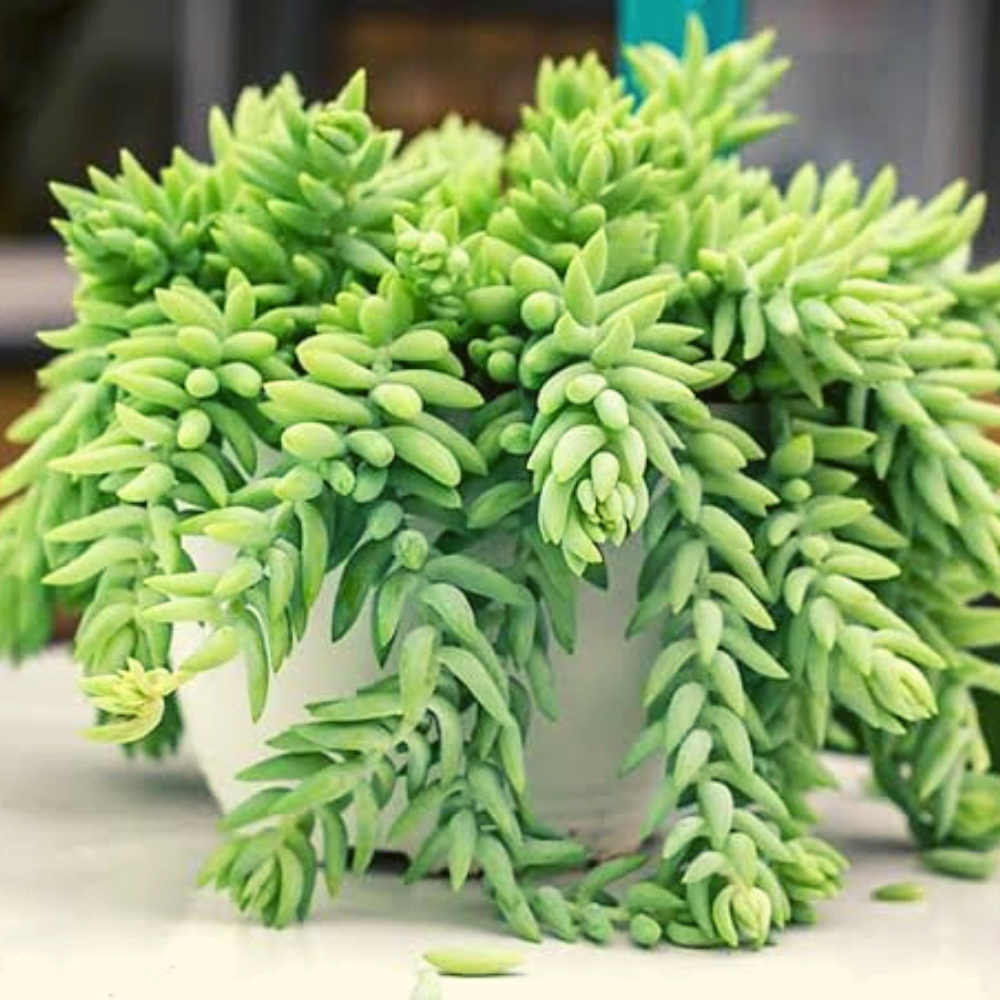
A donkey’s tail also called a burro’s tail, is a thick, fleshy plant with succulent leaves. It is possible to find traces of silver on the tails of burros that are pale, pastel-green. These succulents are easy to care for and are great for indoor gardens. Burros don’t mind low light either.
12. Monstera

There are holes in the heart-shaped leaves of monstera, which makes it stand out from other plants. You’d be surprised at how quickly a Monstera can transform a drab office into something tropical.
13. Staghorn Fern
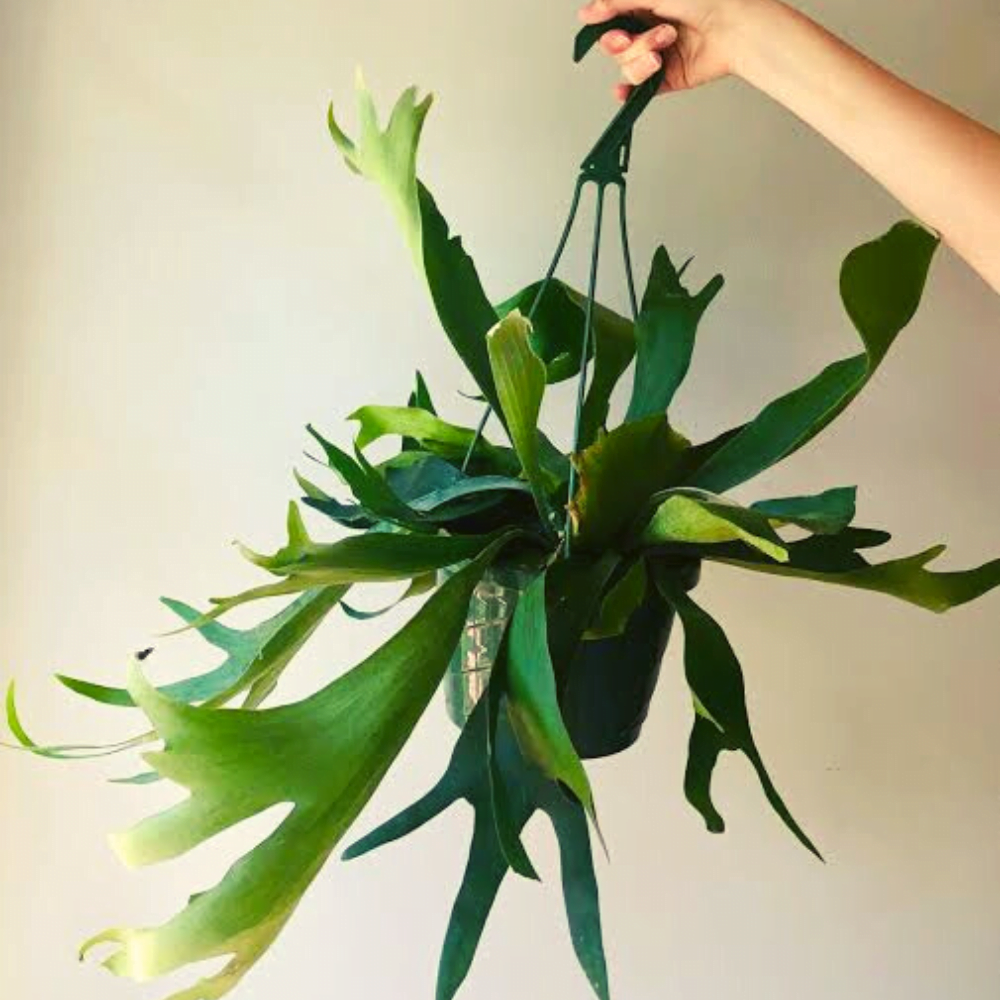
Staghorn Ferns are low light indoor hanging plants that look great in bathrooms. The plant is mostly happy in partial shade, dappled shade, and humid environments. Thus, they are ideal hanging plants for bathrooms with low lighting.
14. Arrowhead plant
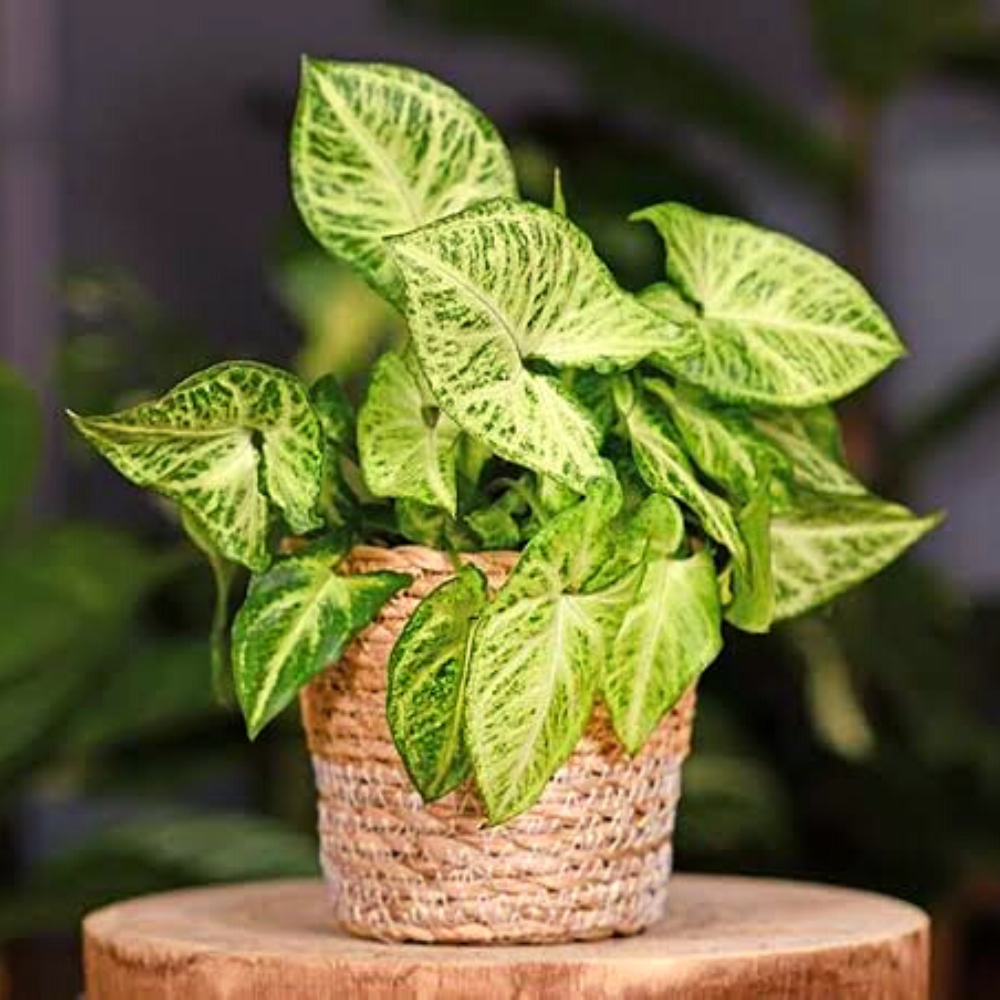
For a shady corner in the living room or office, the arrowhead vine is a perfect hanging plant. Sometimes, you get to see bloom with beautiful creamy petals and white leaves with a hint of pink. To showcase its beautiful foliage, grow the arrowhead up a bit and arch it down.
15. Strings of pearl
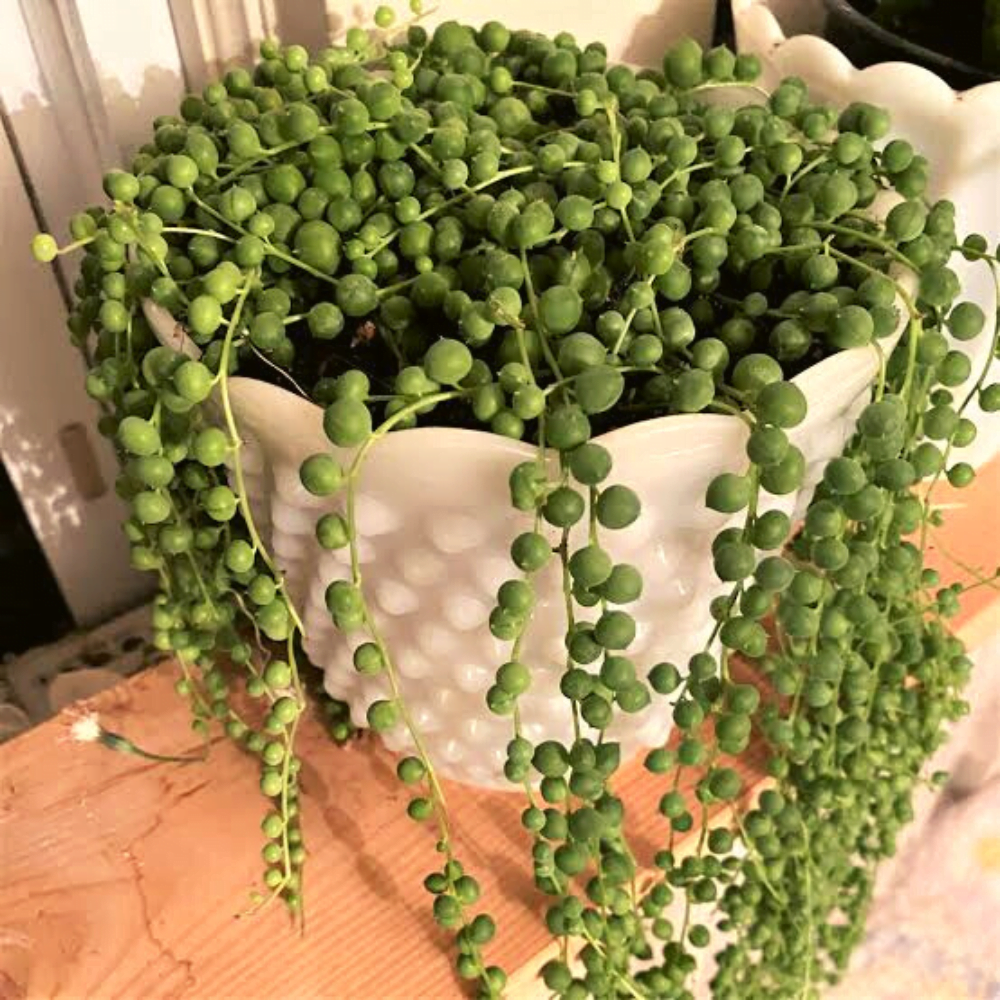
As the vine grows, tiny green pearls appear like tiny growths, so it’s called a string of pearls. Indirect light won’t affect pearls, like that from morning or afternoon shade. It loves natural light, but not direct sunlight.
For these low light indoor hanging plants to thrive at your home, let’s learn more about them.
Best Low Light Indoor Hanging Plants
1. English ivy
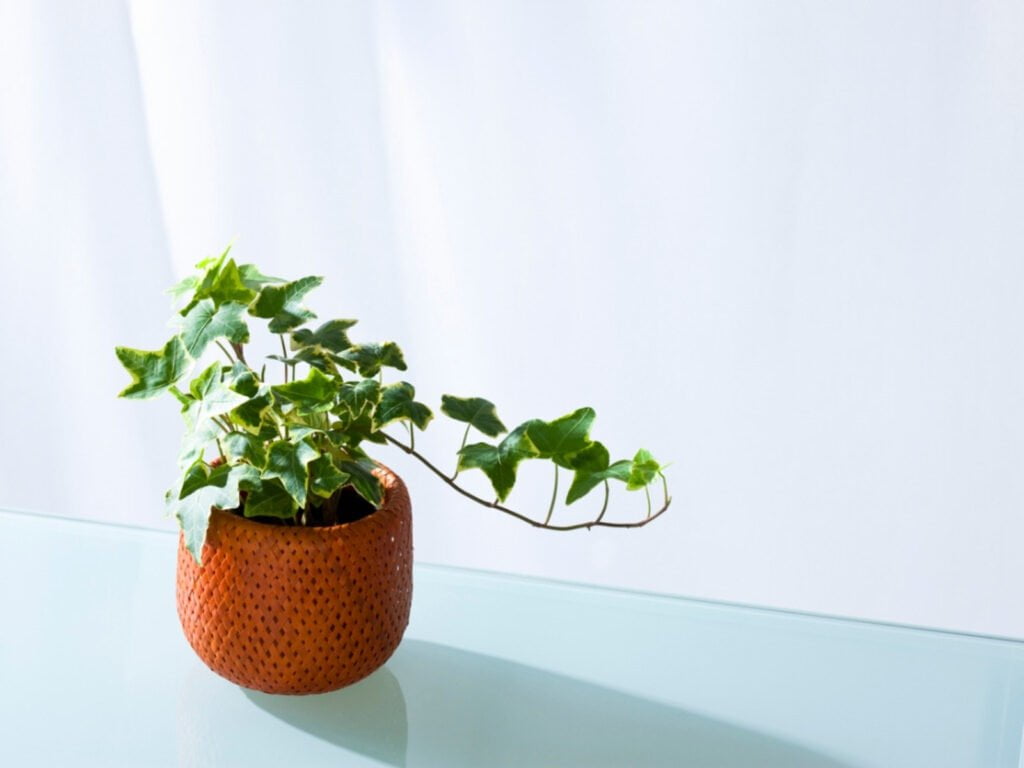
Make your dark room feel fresh with a hanging basket filled with English ivy. Moreover, English ivy is the fastest-growing indoor hanging plant.
English ivy’s cascade of vibrant leaves, shiny effects, and easy maintenance make it the perfect indoor hanging plant.
As the vines drop from the hanging basket, you and your guests will breathe in the oxygen-rich air of a forest.
English ivy can grow in part shade to full sun. In soil, they prefer well-drained and loamy soil. Keep the soil slightly dry when watering English ivy.
2. Pothos
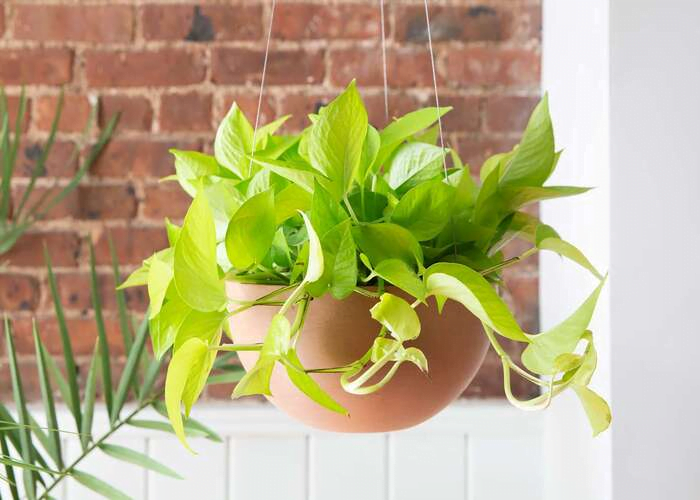
Pothos trailing vine is perhaps the most loved trailing vine for shady areas around the world. A simple water jug, or even the top of a cupboard, keeps this plant fresh by letting its heart-shaped leaves fall.
To top it all off, clean air! This low-maintenance plant makes an impressive display even in a dark corner with its variegated varieties (yellow and green or cream and green)
The bathroom or office are ideal locations since they do not receive direct sunlight. Furthermore, you can grow along the wall and get the sun without burning the leaves and halting growth.
Having a resilient nature and a preference for low light, these plants are a great addition to your home.
Every 1-2 weeks water your pothos. However, between watering, allow the soil to dry out. Water more often in bright light, and less often in low light.
3. Philodendron
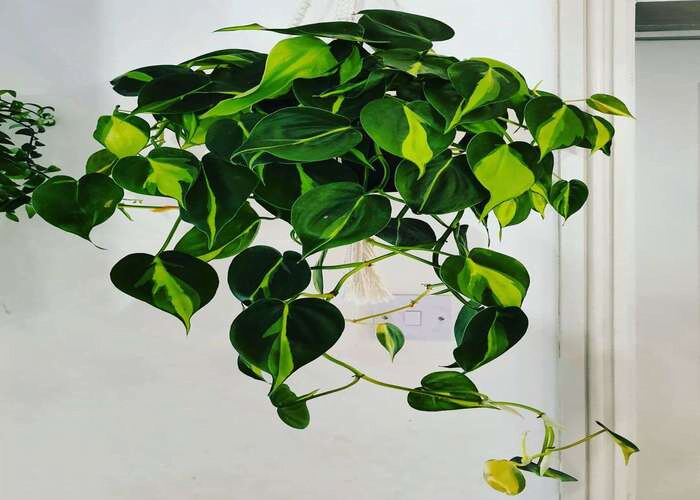
Our list would not be complete without the Heartleaf Philodendron, which is a low-light plant that thrives as well. Shade-loving heartleaf philodendrons show off their stunning foliage and trailing vines.
Additionally, there are variegated cultivars available now. It will reach the floor in no time if you put it on top of a cupboard or beam by the ceiling.
Besides that, it is easy to maintain and requires minimal attention; it is also a perfect air purifier. Due to the leaves’ tendency to dry out, they do better indoors. The plants need little water and are temperature-tolerant.
In terms of light, these plants can handle a variety of levels. Direct or filtered light is just fine for them, but they are equally happy in low-light homes. Living rooms are good places to place them in hanging baskets.
4. Spider plant
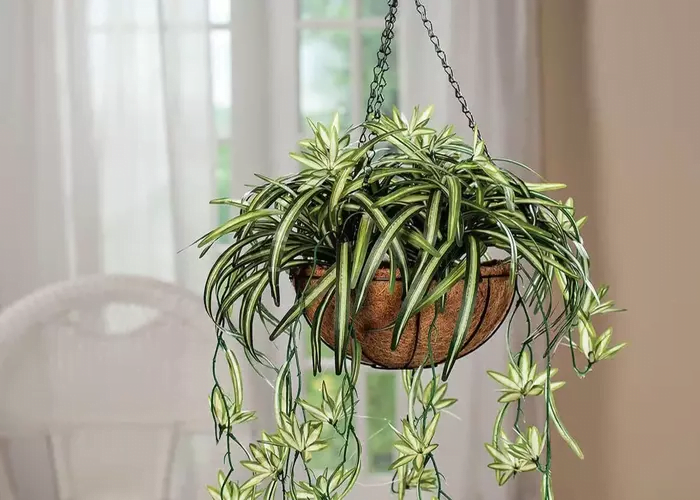
You will be surprised at how playful the spider plant is and how light colors will make everyone smile.
This plant looks like unruly tufts of grass with long, arching, variegated, cream leaves. On the tips of stems, pups grow and climb to the ground as they look for a new home.
This plant is not only popular and easy to grow but also adapts to both indoor and outdoor settings. Also, it blooms with white, star-shaped flowers!
Just grab a pup, plant it in your hanging basket. Soon, you will have that funny, cheery, and oxygen-producing plant. You can put these plants in your living room, kitchen, or even bedroom.
To keep the spider plant thriving, make sure the soil is slightly moist. During spring and summer, you only need to water once a week. During winter, let the soil dry a little more.
5. Snake plant
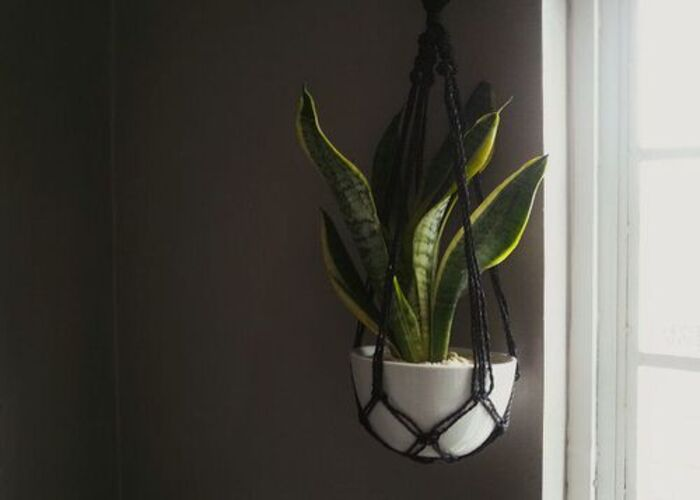
There are a number of snake plant (Sansevieria) species that you can grow indoors in low light. In addition to their striking appearance, they require very little maintenance.
Plants like snake plants, or mother-in-law’s tongue, are very long-lived and can thrive for decades. Despite its preference for partial shade, it is also able to tolerate quite shady conditions.
Snake plants are toxic to pets. The best way to keep them safe from pets and children is to place them in hanging pots.
You should also avoid overwatering it, especially if it’s not in direct sunlight. A Snake plant can be killed by root rot if it is overwatered.
6. Chinese evergreen

Wide leaves and exotic look make it a good choice for a hanging basket that doesn’t get much sun.
A lovely clump of glossy, long, pointed leaves that will reflect the little light. Additionally, they have beautiful variegation; pale gray-green in the middle, mid-green along the margins, and sometimes red.
You will have a lush, colorful room all year long with this Chinese evergreen plant. It is toxic to pets, so be careful! When it’s in a hanging basket, it can’t be reached. Also, it’s perfect to keep in a shady corner.
Chinese evergreens thrive in moist soil, but not in waterlogged ones. Before watering your plant again, allow it to dry out completely. This will help you achieve the perfect balance.
7. ZZ plant
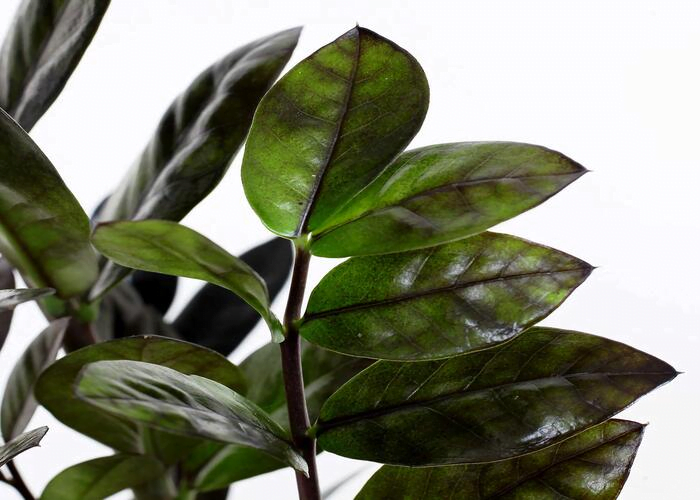
Despite its strange name, the ZZ plant is a great low light indoor hangingplant. They have large, dark green leaves that grow in feathery rows that draw people’s attention. It’s a great plant for beginners!
There isn’t much this easy to maintain plant needs other than water. It includes light as well. It’s actually best to have low light levels for indoor ZZ plants.
Even though ZZ plants do well in bright or moderately lit rooms, lower levels of lighting are better.
There is a risk of scorching those large leaves of ZZ. Thus, the bathroom and the office are the best places to keep a ZZ plant. In this area, there will be fewer doses of sunlight.
Moreover, they grow fairly quickly, reaching a height and width of 4 feet. Putting them in a basket allows them to grow out those long stems without being crowded. However, you should avoid windows that face the south, as there is harsher light there.
It’s best to water your ZZ Plant every 2-3 weeks and be sure to let the soil dry out between waterings. In brighter light, water more often, in lower light, less often.
8. Boston Fern
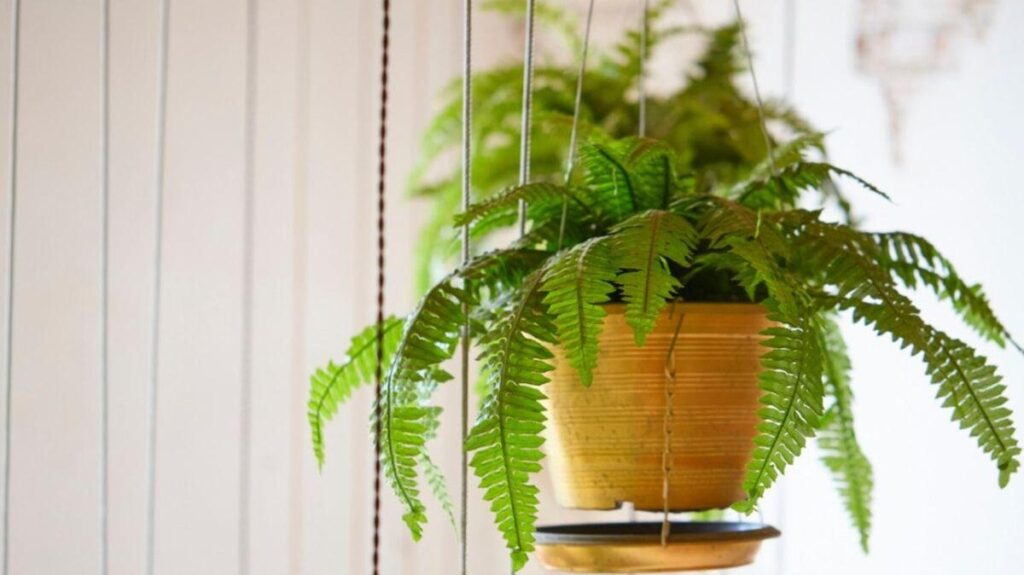
It is no secret that Boston ferns, Nephrolepis exaltata, have played a crucial role in interior design since their discovery in the late 1800s.
These plants grow bright green, arching fronds that make great indoor plants or basket plants. As Boston ferns don’t like cold drafts or heat ducts, so they do well in partially shady locations indoors.
As ferns love humidity, be sure to mist Boston ferns in winter so they won’t drop their leaves. Also, it loves water, so make sure the soil is moist – but not saturated.
9. Hoya
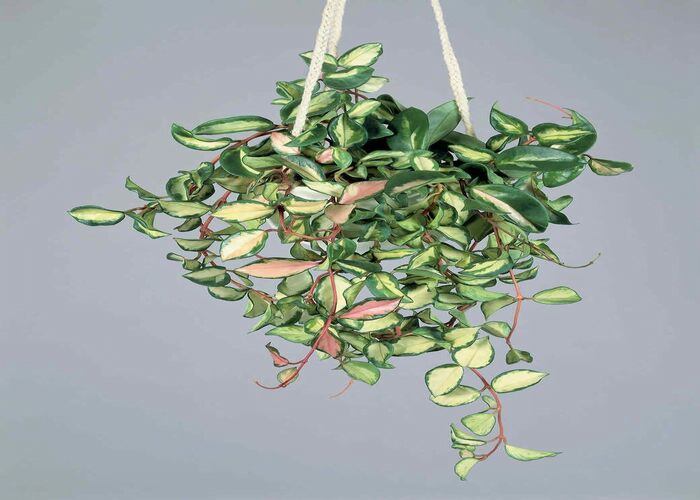
A hanging basket seems like an ideal place to grow hoya. The stems may raise up instead of dangling downward like the plant is waving its arms.
As long as it receives moderate light, hoya can grow in a perfect world. A low-light situation, such as an office or apartment without a window, also applies.
There won’t be as many of those attractive white waxy flowers as the hoya grows indoors.
After the plant reaches maturity, it will flower, but you will notice consistent growth long before that. Also, there is no need to water Hoya very frequently or provide a lot of humidity.
10. Prayer Plant
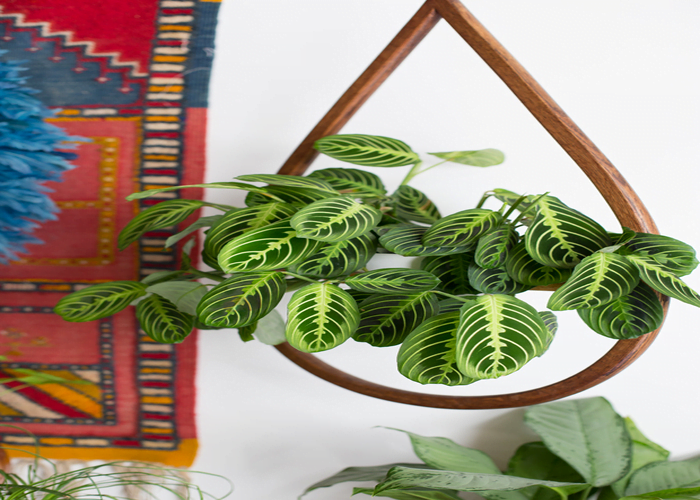
Praying plant leaves are attractive tricolors and grow in small, low-growing tropical regions. The tricolor leaves in the hanging basket are sure to attract everyone’s attention. Furthermore, at night, the leaves of the prayer plant fold as if they were praying hands.
Indoors, it thrives if you provide warm, humid conditions. They are quite tolerant of low-light conditions, but direct sunlight can burn their foliage. It is ideal to have a window that receives bright, indirect light.
If the soil is well-draining, prayer plants can grow in a variety of soil types. it is important never to allow its potting soil to completely dry out. Make sure you water the plant whenever the top layer becomes dry.
11. Burro tail

Plant species such as the burro’s tail or Sedum morganianum would surely appear on this list. The burro’s tail, also known as the donkey’s tail, is a thick, fleshy plant that is succulent. Burros have pale, pastel-green tails that may have traces of silver.
Planting succulents in your indoor garden is a great idea because they are generally easy to care for. Moreover, low light doesn’t bother the burro’s tail.
Bumping into your burro’s tail can cause its vines to fall off, which is not a good thing. However, hanging it high should prevent this problem!
It requires moderate watering. If you forget to water a burro’s tail, you won’t have trouble growing it because the stems retain water. Burros prefer sandy, well-draining soil.
12. Monstera
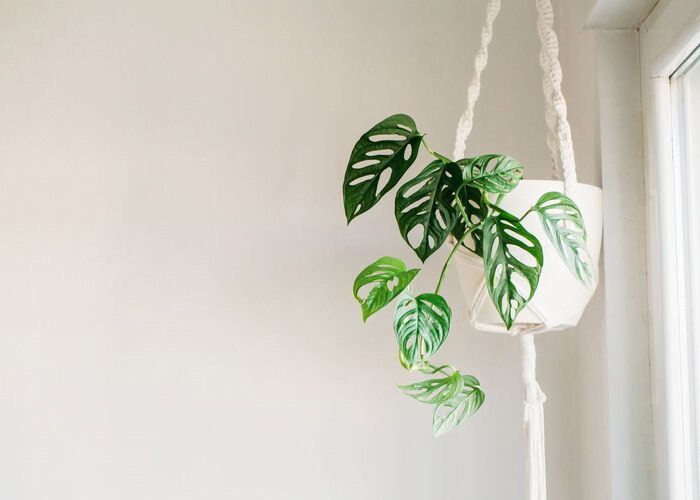
Monstera leaves are like large palm leaves with holes. As the leaf matures and grows, holes appear in the heart-shaped leaves.
An office that looks dull is instantly transformed by the tropical feel and look of a Monstera. Similarly, hanging Monstera plants will brighten up any room in your home or apartment that needs some attention.
However, the light source doesn’t need to be bright and indirect for growing the monstera plants.
Do a fingertip test in the soil every few days, maybe every week, as part of your plant care routine. It is recommended that you let the Monstera’s soil dry out to a depth of 2-3 inches, then water it again.
In some indoor conditions, the Monstera seems to flourish when ignored. As root rot is unlikely to happen to this houseplant, it is best to follow a lighter care routine.
13. Staghorn Fern
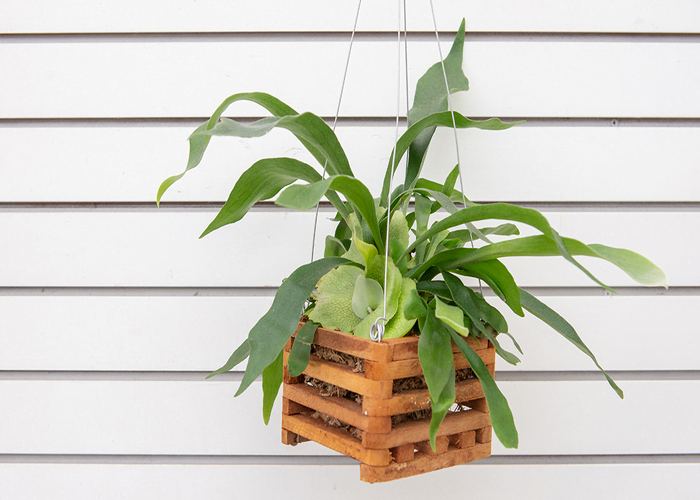
Consider adding Staghorn Fern to your list of low light indoor hanging plants for the bathroom.
It thrives in partial shade and dappled shade situations and loves humidity. As a result, they are ideal hanging plants for bathrooms with low light levels.
To thrive, they need good air circulation, indirect light, warm temperatures, moderate humidity, and regular moisture.
Also, staghorn ferns absorb water through their roots and basal fronds, so they should be soaked.
Lastly, ensure the baskets and pots have good drainage. If you wish to propagate it, you need offsets.
14. Arrowhead plant

For a shady corner in a living room or office, there is no better houseplant than the arrowhead vine. There are many varieties of them. Some types are variegated with yellow and white patches, or are quite large, about 6 inches (15 cm).
You can also choose pink if you want a different look. It produces cream-colored petals and pink leaves once a year.
If you let your arrowhead vine grow up a bit and arch down, you will showcase its beautiful foliage.
Bright indirect light is ideal for your Arrowhead Plant, but it can tolerate low light as well. Leaf burn can occur when the leaves are exposed to direct sunlight.
If the soil is dry to about, water it. Then, water the pot until the liquid runs out of the drainage hole at the bottom, and discard any excess water.
15. Strings of pearl
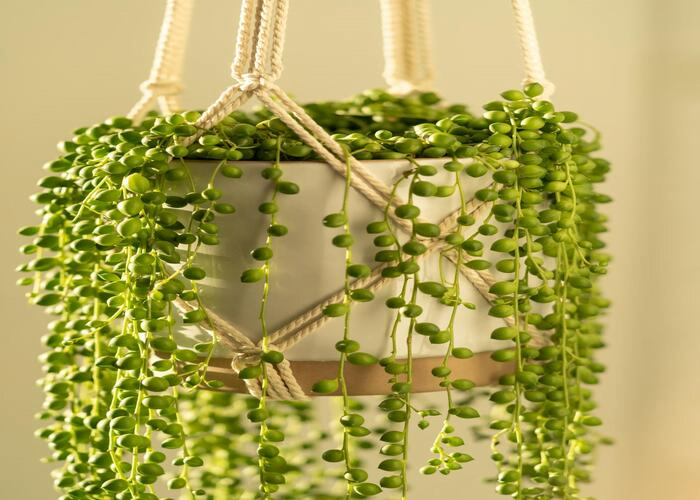
Last but not least, I recommend a string of pearls hanging plant for low-light conditions. The string of pearls vine has pea-like growths that resemble green pearls, hence its name.
A string of pearls will grow without being affected by indirect light, such as that from morning or afternoon shade. Despite its love for natural light, this plant does not tolerate direct sunlight.
It prefers not to be overwatered, so avoid being too heavy-handed. Also keep an eye on your fertilizing habits, as too much fertilizer can quickly kill this plant!
Indoor hanging plant care tips:
Caring for indoor hanging plants depends on the individual plant which I have mentioned in each plant description above, but here are some general caring tips that are applicable to each indoor hanging plant,
- Employ a quality potting mixture that’s suited for your plant species.
- Put plants that require similar care together in the same basket, but don’t overcrowd them too much. Remember how big every individual plant will get when it’s fully grown.
- For flowering hanging plants, clip off old flowers in order to give space for the new ones.
- Hanging basket plants look better when they are bushy and fresh. So you can trim back leggy foliage to promote healthy growth.
- Study the temperature requirements of your hanging plants and keep perennials indoors when a cold climate is expected. If harsh weather is coming, either bring hanging baskets inside or put them on the ground in a protected spot to prevent damage to the plants.
How to water indoor hanging plants?
Many plant owners think it’s challenging to water plants in hanging baskets without creating a mess because they tend to leak. If you’ve ever attempted to water an indoor hanging plant without dribbling, then you know how hard it is to get the moisture precisely where it’s supposed to go. Here are some ways to solve the issue so you can water your indoor hanging plants without dripping.
Use double pots:
It’s extremely simple and works like a charm. Just use an extra layer outside the actual pot by adding a slightly larger pot. All extra water will accumulate in the outer pot, stopping it from overwatering and possible damage to your floors and walls. Also, it helps keep the roots healthy and mold-free. If your plants outgrow the inner pot, take them out, clean up the roots, prune it and that’s all you need to do.
Do sink watering:
You can also try watering your hanging plant in the sink. After watering them, keep the pots in the sink for about 30 minutes, so it can drain out the excess water. You can also try bottom watering your plants. Fill the sink with 3 or 4 inches of water and put the pots in it for about thirty to forty-five minutes. This way the roots will absorb the water they need without dripping. Once you notice the top surface is soaked you can empty the water of the sink and keep the pots there for another 30 minutes, this way it will drain the excess water from the pot. Now they are ready to go back to their place.
Use drip trays:
Drip trays are a must for indoor hanging basket plants. Drip trays are specifically designed to catch the excess water drops coming from a hanging plant. You just have to place it under the pot on the floor and it will do its work.
FAQs
Q1. What hanging plants need no sunlight?
Ans. Prayer plants, Pothos, Chinese evergreen plants, spider plants, and philodendrons are the best low light indoor hanging plants.
Q2. Which plant is the easiest hanging plant to grow?
Ans. Pothos, Philodendrons, Boston fern, Spider plant, English ivy, and strings of pearls are the easiest hanging plant that you can grow in low light areas.
Q3. What is the fastest-growing indoor hanging plant?
Ans. English ivy is the fastest-growing indoor hanging plant when grown in moist soil.
Q4. Do indoor plants in hanging baskets need to be watered every day?
Ans. Hanging basket plants should be watered when the soil surface feels dry. Daily watering may be necessary on hot, sunny days. Be sure to water indoor plants in hanging baskets until water starts to flow out of the bottom.
Conclusion
Hanging plants are always the best choice for transforming the interior of a home. They don’t take up much space in your home; rather, they enjoy the ability to hang from the ceiling.
Plants that grow higher up appear beautiful, but at the same time receive less light. This is when low light indoor hanging plants can be your saving grace.
The best part is that they are easy to maintain and purify the air at the same time. Furthermore, some of them are toxic to pets and humans. However, placing them in a hanging basket also solves this problem.
Having trouble deciding? Pick Pothos, Philodendrons, Boston fern, Spider plant, English ivy, and strings of pearls: they are the easiest.
Check out our other blogs below if you want to learn more about transforming your home with indoor plants. Also, don’t forget to share this article with your loved ones to help them choose the best low light indoor hanging plants.
Related Articles
- Propagating Chinese Elm Bonsai Cuttings And From Seeds
- Best Chinese Elm Bonsai Soil and Fertilizer.
- Troubleshooting Common Problems With Chinese Elm Bonsai
- Buy Chinese Elm Bonsai: How Not to Get Scammed When Purchasing a Chinese Elm Bonsai Tree!
- Chinese Elm Bonsai Pruning And Styling.
- Creating a Chinese Elm Bonsai Forest- Step-By-Step Guide.

